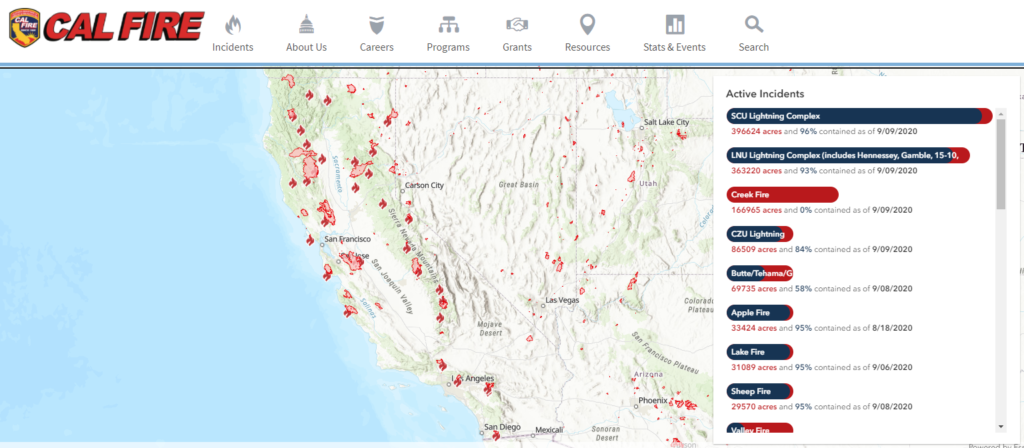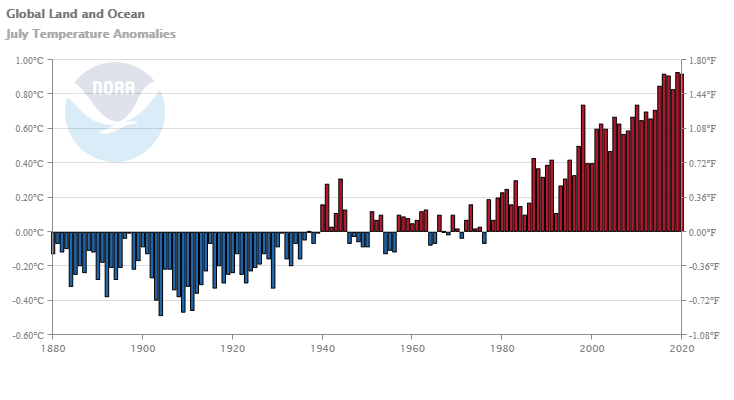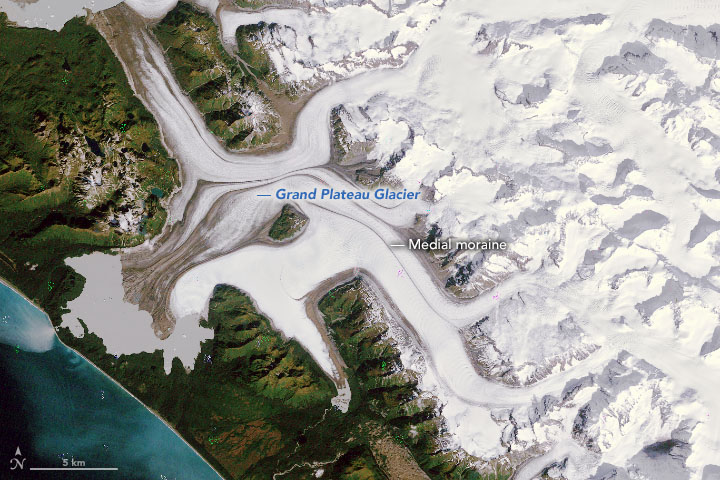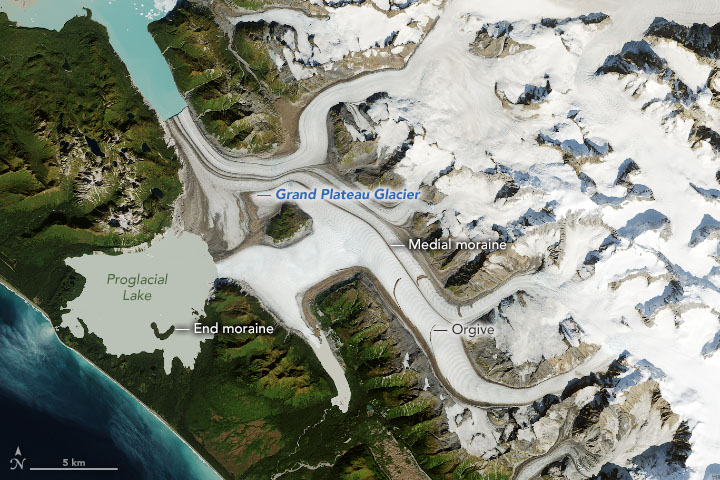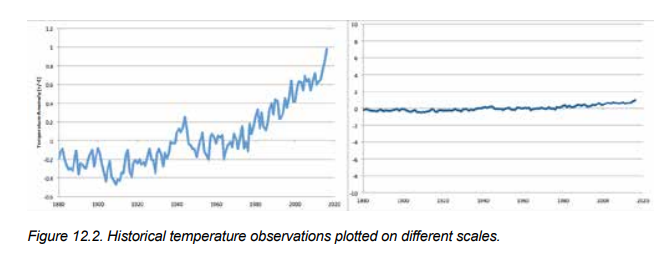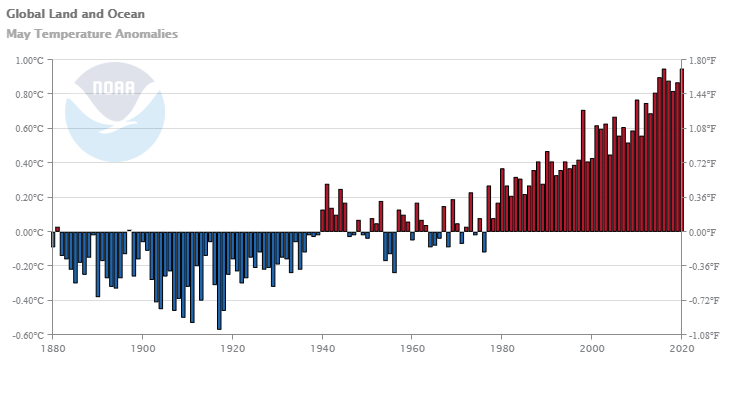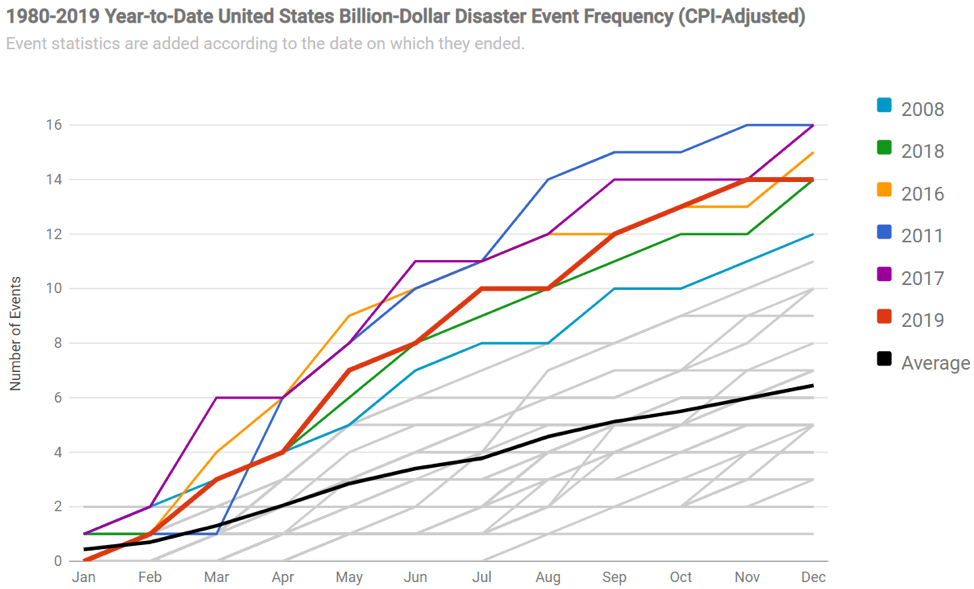 Climate Central provides some graphs and facts related to hurricanes in their article Stronger Hurricanes (9/23/2020). The graph shows the trend in Atlantic water temperature and here are the related key concepts from the article:
Climate Central provides some graphs and facts related to hurricanes in their article Stronger Hurricanes (9/23/2020). The graph shows the trend in Atlantic water temperature and here are the related key concepts from the article:
Sea surface temperatures in the tropical Atlantic, known as the Main Development Region for tropical systems (depressions, storms, and hurricanes), have risen 1.85°F in the last century.
The likelihood of tropical cyclones (the term scientists broadly use to represent hurricanes, typhoons, etc) reaching Category 3 status has increased since 1979.
Warming water and air from climate change creates the potential for stronger hurricanes, with heavier rain and higher storm surge, increasing the risk of flooding when they make landfall.
There are two other graphs, further information, and citations of data sources along with methodolgy.

